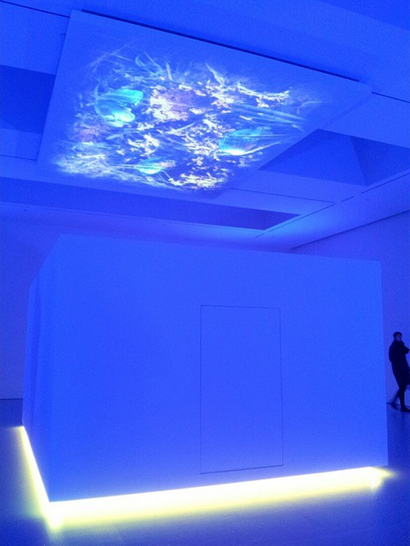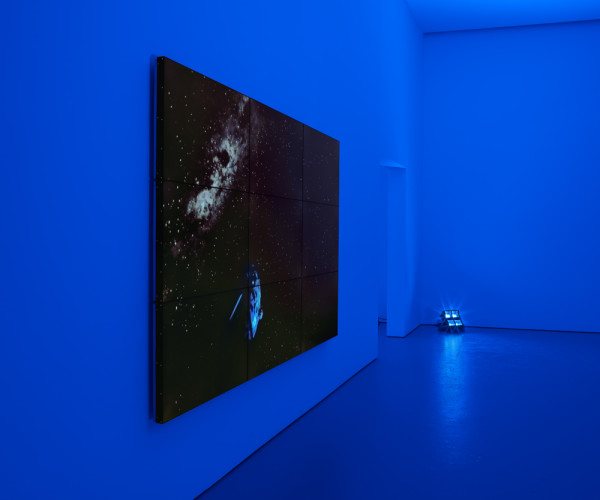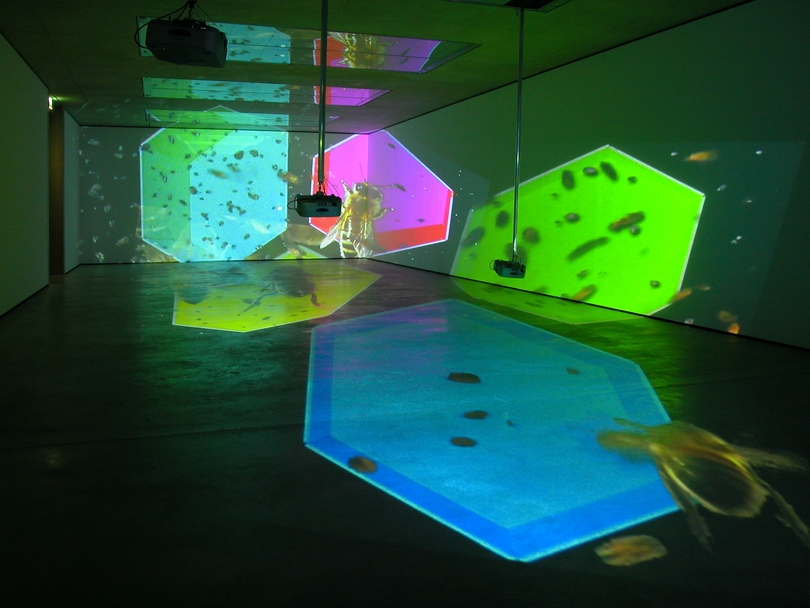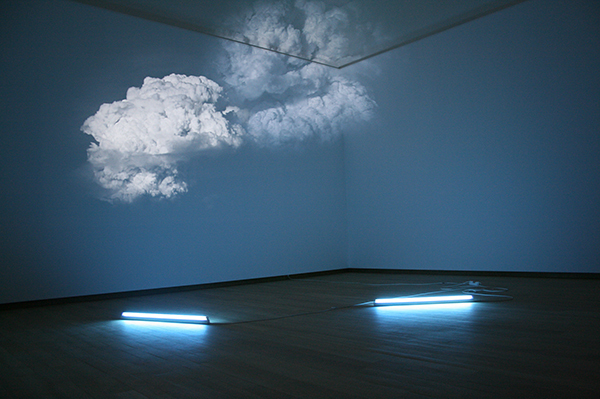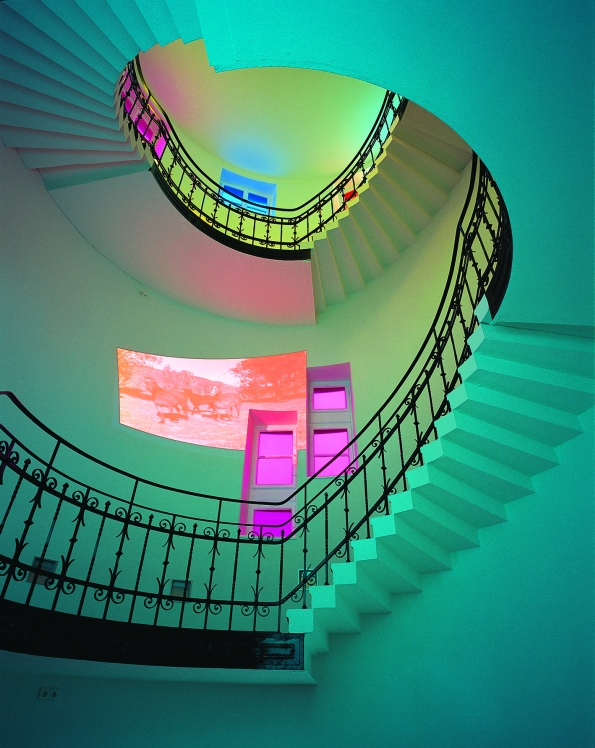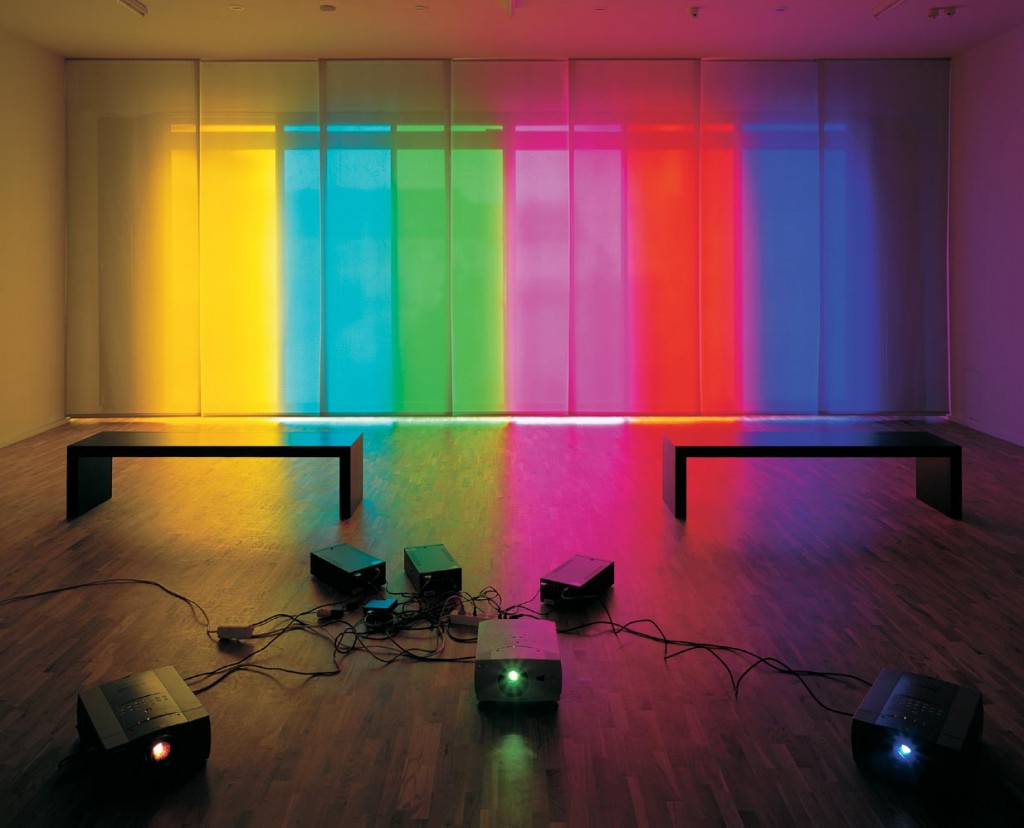INHALE is a cultural platform where artists are presented, where great projects are given credit and readers find inspiration. Think about Inhale as if it were a map: we can help you discover which are the must-see events all over the world, what is happening now in the artistic and cultural world as well as guide you through the latest designers’ products. Inhale interconnects domains that you are interested in, so that you will know all the events, places, galleries, studios that are a must-see. We have a 360 degree overview on art and culture and a passion to share.

David Zwirner presents an exhibition of new work by Diana Thater, on view at 533 West 19th Street in New York. Shown here for the first time will be a new type of installation by the artist involving an enclosed video projection, ceiling screen, and light, as well as two new video walls.
Thater is one of the most important video artists working today. Since the early 1990s, she has created a wide range of film, video, and installation-based works whose sculptural forms engage spatial perception in physical, as well as conceptual, terms. Her pioneering oeuvre was among the first to push the boundaries of how new media art is displayed, helping to cement its position in the art world.
Through a combination of the temporal qualities of video and the architectural dimension of its physical installation, Thater’s work explores the artifice of its own production and its capacity to construct perception and shape the way we think about the world through its image. Natural diversity, wildlife, and conservation have been persistent themes in the artist’s work, and she has dedicated herself to an examination of the varied kinds of relationships humans have constructed with animals. While her in-depth studies of ecosystems and animal behavior propose observation as a kind of understanding in itself, her ethical position is implicit in the work, which, while subtly political, provides views of the sublime in all its incarnations—stunning, beautiful, and simultaneously terrifying.
In her new installation, which like the exhibition is titled Science, Fiction, Thater focuses on the dung beetle and the intricate navigation system it deploys in disposing balls of animal excrement, its main source of nutrition. Recent studies have revealed that the species uses the Milky Way to orientate itself at night, currently the only insect known to do so. In an experiment in which the beetles were placed on an outdoor table, they were only able to navigate in their usual straight line with an open view of the nocturnal sky—when their overhead vision was blocked, their movements became erratic and slowed drastically. The same experiment was repeated inside a planetarium, alternately turning the Milky Way on and off, and the animals’ path was demonstratively straighter and faster in light of the galaxy.
Other works:
via davidzwirner.com



